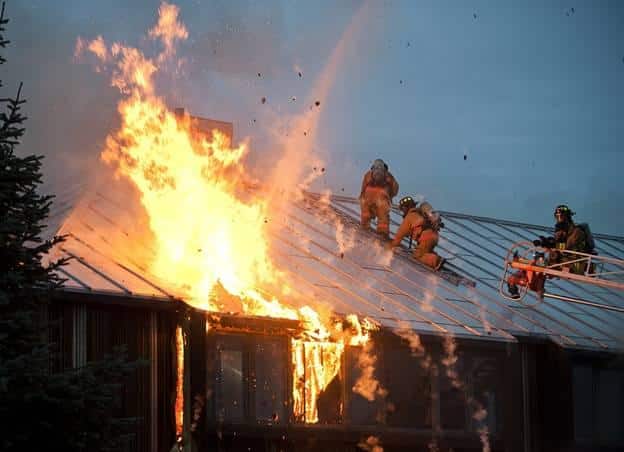|
Listen To The Article
|
Home fires are the most common disaster in the United States, and they can be devastating, causing immense damage throughout your home. If you have suffered a home fire accident, you are faced with the enormous task of getting everything back together. From water-soaked carpets and fire-damaged interiors to a charred roof, it is difficult to know where to start. The rebuilding process may seem involved and long, but it can be easy when you know what to do. This article outlines seven crucial steps for restoring your property after a fire. 
1. Contact your insurance company
Before you embark on fire damage restoration, you should first call your insurance company to set the claim process in motion. Your insurer should be experienced in dealing with home fire emergencies and can guide you through things like emergency lodging and living expenses.
2. Assess the structural damage
Before you open that door, ensure your house is safe to enter. You can inspect the house from outside for signs of structural damage that can compromise your safety. If you are concerned, you can have it inspected by a professional to ensure it’s safe before you enter.
3. Secure you house
Once you are given the green light to start working on your house, you should secure all but one entrance. Be sure to board up any doors, windows, or openings that may have been destroyed by the fire. By closing up your fire-damaged home, you help to keep away looters and critters and keep it safe from the elements.
4. Minimize the damage
The fire may have been put out, but that’s not the end of the damage. Water, smoke, and soot can cause further damage. Ensure you dry out water residue and humidity to prevent further damage to your property. Soot contains corrosive and acidic traits, which can cause damage to surfaces leading to discoloration. Depending on the time elapsed and the material of the surface, soot staining may be completely removable. That’s why doing an emergency pre-cleaning is necessary before you start rebuilding your house.
5. Remove items that can’t be salvaged
Any items in the house that are beyond repair should be removed. Separating your damaged items from undamaged items makes it easier to make a list of unsalvageable items for your insurer. Be extra careful when touching electrical appliances or machines as they can still store electricity after they are unplugged.
6. Address structural repairs first
Starting with structural repairs ensures the houses’ structural integrity. Structural repairs include securing the interior framework, repairing the attic, replacing damaged floor joists and trusses.
7. Repair the electrical system
It’s crucial to inspect and repair the electrical system, even if the fire didn’t destroy the entire house. A licensed electrician should inspect all the wiring, fixtures, and outlets to ensure safety.
Endnote
Home fires are massive disasters that can devastate your home and family, and they can result in plenty of unsettled feelings, especially for kids. You should assess whether it might be necessary to seek counseling in the case of children.
 Off The Grid News Better Ideas For Off The Grid Living
Off The Grid News Better Ideas For Off The Grid Living
